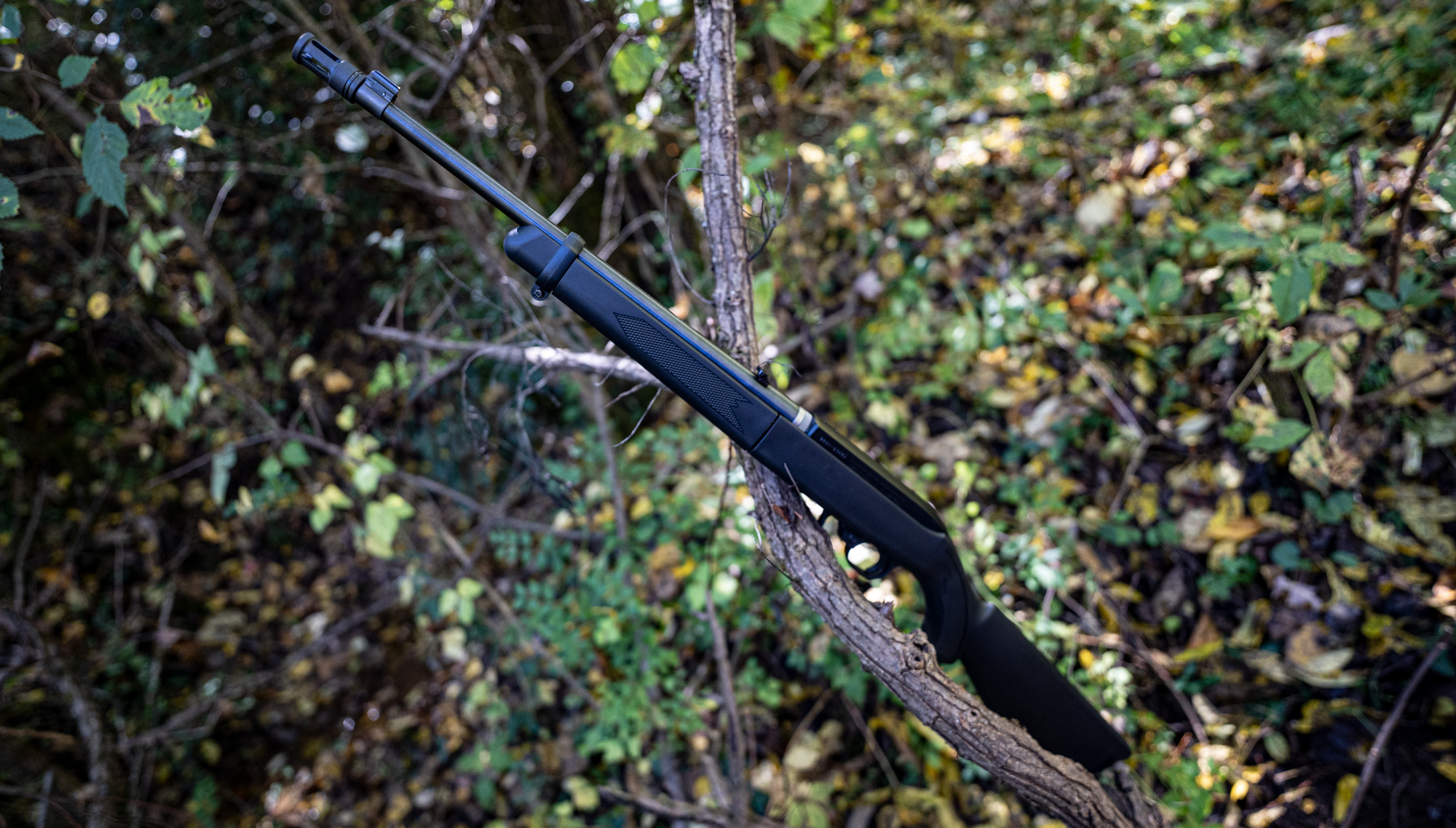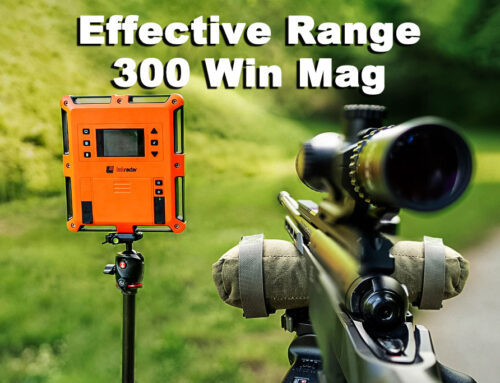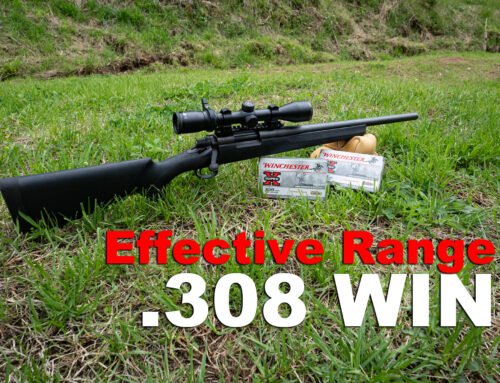The majestic elk. The brutish grizzly. The man-eating tigers of Laos. These are all animals which you absolutely must not hunt with a 22 LR, unless your goal is to (A) inconvenience your quarry, or (B) get killed. While you’re limited to small game, there are certainly some animals you can legally and ethically hunt with a 22 rifle.
Let’s be clear, the 22 is theoretically capable of killing pretty much anything. Hunters have taken plenty of deer with the old rimfire cartridge. (Though hunting deer with 22 long rifle is illegal in many states.) Plus, more than a few ranchers have put down hogs and cows with a judiciously placed 40 grain bullet. In 1953 a trapper named Bella Twin famously killed a grizzly with a 22 rifle, although she certainly didn’t set out to do so. Her situation boiled down to either getting incredibly lucky or winding up a bear’s hors d’oeuvre.
But you shouldn’t bank on surgical accuracy while you’re hunting. Obviously, you don’t want to cause your quarry to suffer any more than it has to either.
I once spoke to a hunter who tried to take a coyote with a 22 rifle. While he is plenty skillful it still took him three shots to get the job done. He told me the pained canine shrieked so pathetically that he lost the heart to hunt coyote for a long while afterward.
Why Hunt With a 22 LR?

The 22 is one of the smallest cartridges on the market. A standard 22 has a .223” diameter 40 grain bullet, and loaded to a muzzle velocity of 1,200 fps it delivers a muzzle energy of 131 ft lbs. Compare this to the much larger 223 Rem: Its bullet is the same diameter, but at 55 grains and a muzzle velocity of 3,250 fps it delivers nearly ten times as much muzzle energy.
The 22 is so weak that it can get away with a rimfire primer. This type of primer is built into the case, so the brass that covers it must be thin enough for a firing pin to dent through. If you put a rimfire primer in a much more powerful cartridge, its case would have to be so thin that it would burst apart in the chamber.
So what’s the appeal to the 22? For starters, it’s inexpensive. This alone has probably made the 22 the most popular cartridge in the world, even if you didn’t take into account other countries’ strict firearm laws. The little 22 offers negligible recoil and its report isn’t offensively loud, so it’s great for comfortable plinking and teaching the ropes to youngsters. (You will still want to wear hearing protection when you fire a 22.)
Yet the 22 is also more than capable of putting dinner on the table. While you can reasonably put venison out of your mind while you’re hunting with a 22 rifle, you can still fill up a cooking pot after firing only one shot. A 22 is also sized just right to deal with many nuisance animals that you’d rather not waste a fifty cent cartridge on.
What Kind of 22 Ammo Should You Hunt With?

If you’re going after very small game, a simple lead round nose (LRN) bullet ought to do the job. This type of bullet may deform a little bit as it penetrates soft tissue. However, it’s not going to expand to create a wound channel significantly wider than the bullet’s original diameter. Still, terminal expansion isn’t all that necessary when you’re dumping about 100 ft lbs of energy into a one pound body.
As you go after larger game, a hollow point (HP) bullet becomes more advisable. The mere impact and penetration of an LRN may not be enough to kill a larger critter right there on the spot. I don’t believe any game which a 22 is suitable for hunting could ultimately survive a torso shot. Of course, there’s no sense in having the thing go off to nurse a wound for several hours before bleeding to death when an HP would have dusted it pronto.
Not sure where to turn? Winchester’s Super-X line of 22 long rifle ammo is a solid choice.
What Can You Hunt With A 22?
Rodents
As a general rule of thumb, the largest animal you’d want to hunt with a 22 is a nutria. Basically a big, swimming rat, the average nutria tips the scale at 14 pounds. Any bigger than that and you’ll want to up your ammo game.
Squirrels are probably the most common recipient of 22 bullets. Whether you’re just trying to convey the concept of “Don’t Tread on Me” to a squirrel that is getting too familiar with your bird feeder, or actually setting out into the woods in search of the little rascals, a 22 is one of your best options. Chipmunks, gophers, and rats are all prime candidates for a 22 as well. If you’re going to be shooting pests at very close range, you can even select a 22 shotshell. This is an otherwise normal 22 but loaded with #12 shot. (I prefer the ones with plastic domes over crimped cases, because they tend to extract more easily.)
The 22’s effective range is only 150 yards, and 100 yards is still considered a pretty impressive shot. That’s why you may encounter some difficulty if you hunt prairie dogs with a 22. They’re highly perceptive creatures, so most hunters try to stay at least 200 yards away from them. For prairie dogs you may do better with a higher powered cartridge with greater reach like a 223 Rem. Groundhogs are generally hunted over longer distances as well.
Other Mammals
Raccoons, skunks, porcupines, foxes and rabbits are all solid choices for 22 hunting. For these animals you may want to invest in high velocity ammo. We recommend a copper plated hollow point (CPHP) bullet that’ll do a more damage throughout penetration. I’d much rather hunt rabbit with a 22 over any shotgun. This is simply because it’s a lot easier to eat an animal that hasn’t been filled with dozens if not hundreds of tiny lead shot pellets.
Birds
For hunting birds on the wing like pheasant, quail, and partridge, you’re going to want a shotgun. Unless you’re the kind of cowboy who can flick a coin into the air and shoot a hole through it before it hits the ground, walloping a fast-flying bird with a 22 is going to be quite a feat.
I’d only use a 22 to shoot pest birds. Say you’ve just seeded your lawn and the crows think you’ve kindly prepared their dinner – a 22 will show them they’re wrong. In that vein, you probably didn’t fill up your feeder with expensive black oil sunflower seed because you’re catering to pigeons. The 22 is a great tool for keeping your yard devoid of garbage birds!
So, now you know you have options if you’re interested in hunting with a 22. It’s true, you likely won’t return home with worthy of a trophy. But, hunting with a rimfire load has its benefits and is a great way to enjoy the outdoors.





When I was a teenager I was just goofing around and I I shot at a doe figured the bullet would just bounce off and it killed it I felt really bad and surprised